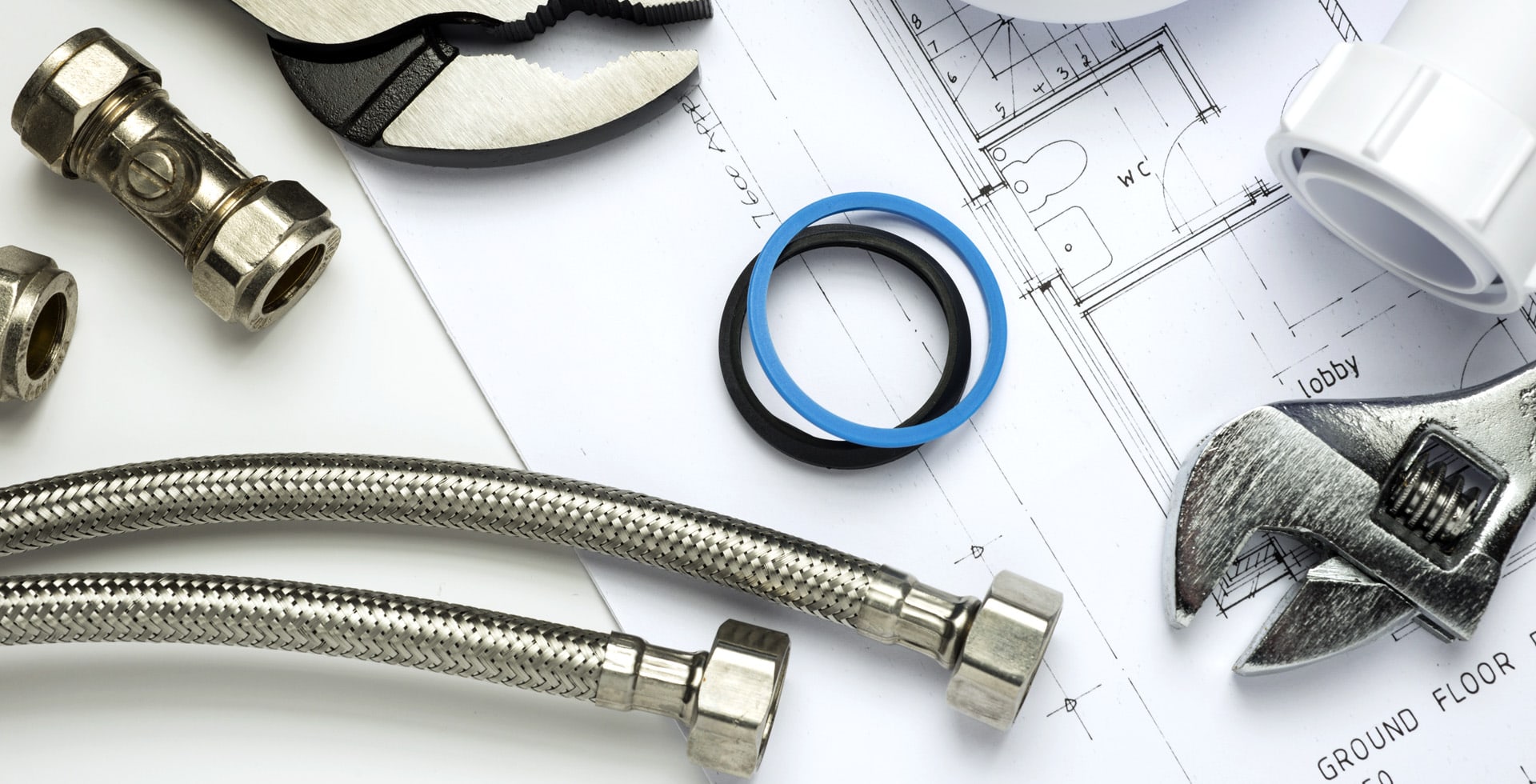The Role of Drainage in Foundation Health
Maintaining the foundation of a building is crucial for its overall structural integrity. One of the most significant factors that contribute to a healthy foundation is effective drainage. Water management around and under the foundation plays a vital role in preventing damage caused by moisture. This blog post discusses how drainage impacts foundation health and the best practices for ensuring effective drainage systems.
Understanding Foundation Health
The foundation is the part of a building that supports its weight and structure. A healthy foundation provides stability and safety, while a compromised foundation can lead to serious issues, including:
- Cracks in walls and floors
- Uneven floors
- Water intrusion
- Structural damage
The Importance of Drainage
Proper drainage is essential to protect the foundation from the damaging effects of groundwater and surface water. Here are several reasons why effective drainage is crucial:
- Prevents Water Accumulation: Standing water near the foundation can seep into the ground and cause soil erosion, leading to instability.
- Minimizes Hydrostatic Pressure: Excess water can create hydrostatic pressure against the foundation walls, which may result in cracks and leaks.
- Reduces Moisture Levels: Good drainage decreases moisture levels in the soil surrounding the foundation, reducing the risk of mold and mildew.
- Extends Lifespan: A well-drained foundation can last significantly longer, saving property owners from costly repairs and replacements.
Types of Drainage Systems
There are various drainage systems designed to manage water effectively around foundations. Understanding these systems can help ensure proper installation and maintenance:
1. Surface Drainage
Surface drainage involves the management of water that flows over the ground’s surface. Key components include:
- Grading the landscape away from the foundation
- Installing gutters and downspouts to direct rainwater away
- Creating swales or ditches to redirect excess water
2. Subsurface Drainage
Subsurface drainage systems are designed to capture water below the surface. This can include:
- French drains that use perforated pipes to redirect water
- Drain tiles for continuous water management
- Dry wells to collect and disperse water effectively
3. Sump Pumps
Sump pumps are installed in basements or crawl spaces to remove excess water. They are essential in areas with a high water table or where flooding is a concern.
Signs of Poor Drainage
Recognizing signs of poor drainage can help homeowners take action before significant foundation damage occurs:
- Water pooling in the yard
- Visible foundation cracks
- Mold or mildew in basements and crawl spaces
- Doors and windows that stick or do not close properly
Maintaining Effective Drainage
Regular maintenance of drainage systems ensures they function optimally. Here are some tips:
- Inspect gutters and downspouts regularly and clean out debris.
- Ensure the landscaping slopes away from the foundation.
- Check for any blockages in drainage pipes or drains.
- Test sump pumps regularly to ensure they are operational.
Conclusion
Drainage plays an indispensable role in maintaining the health of a building’s foundation. By preventing water accumulation, minimizing hydrostatic pressure, and managing moisture levels, effective drainage systems greatly improve foundation longevity and stability. Recognizing the signs of poor drainage and taking preventative measures can save homeowners from extensive repairs and ensure the safety of their property. A sound understanding of drainage systems, along with regular maintenance, can significantly impact the overall health of your foundation.

